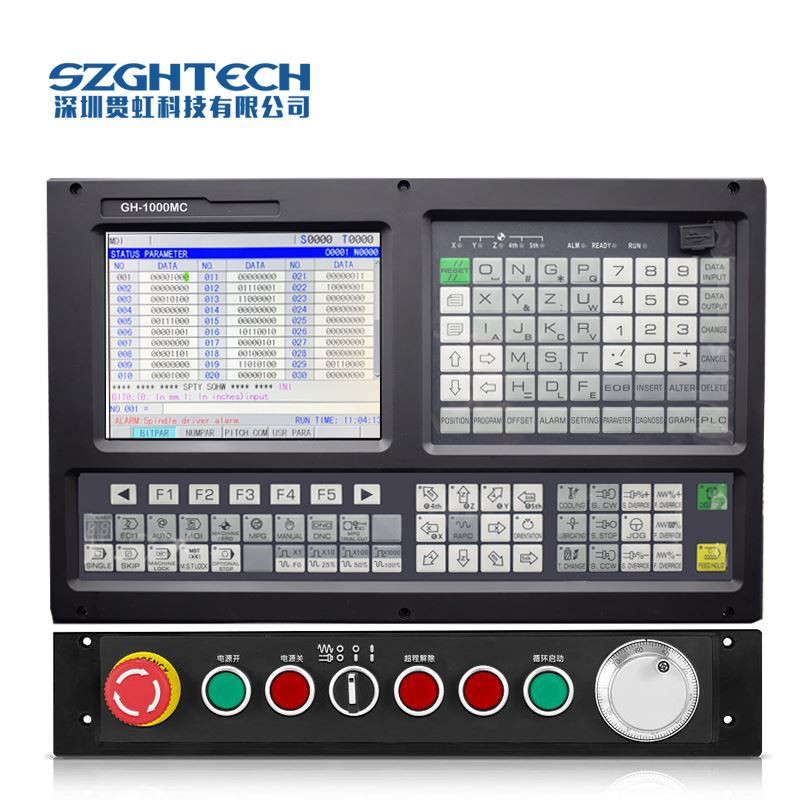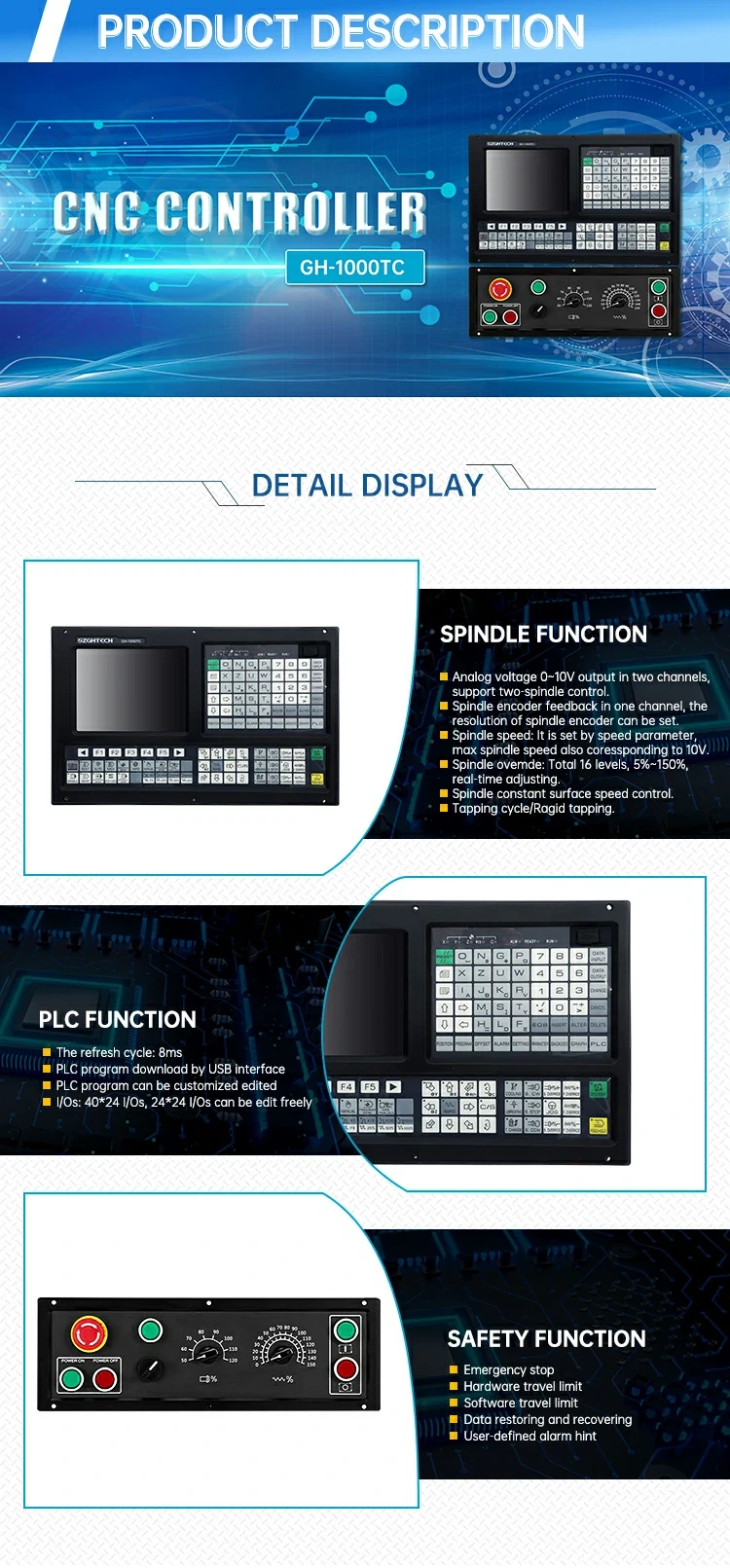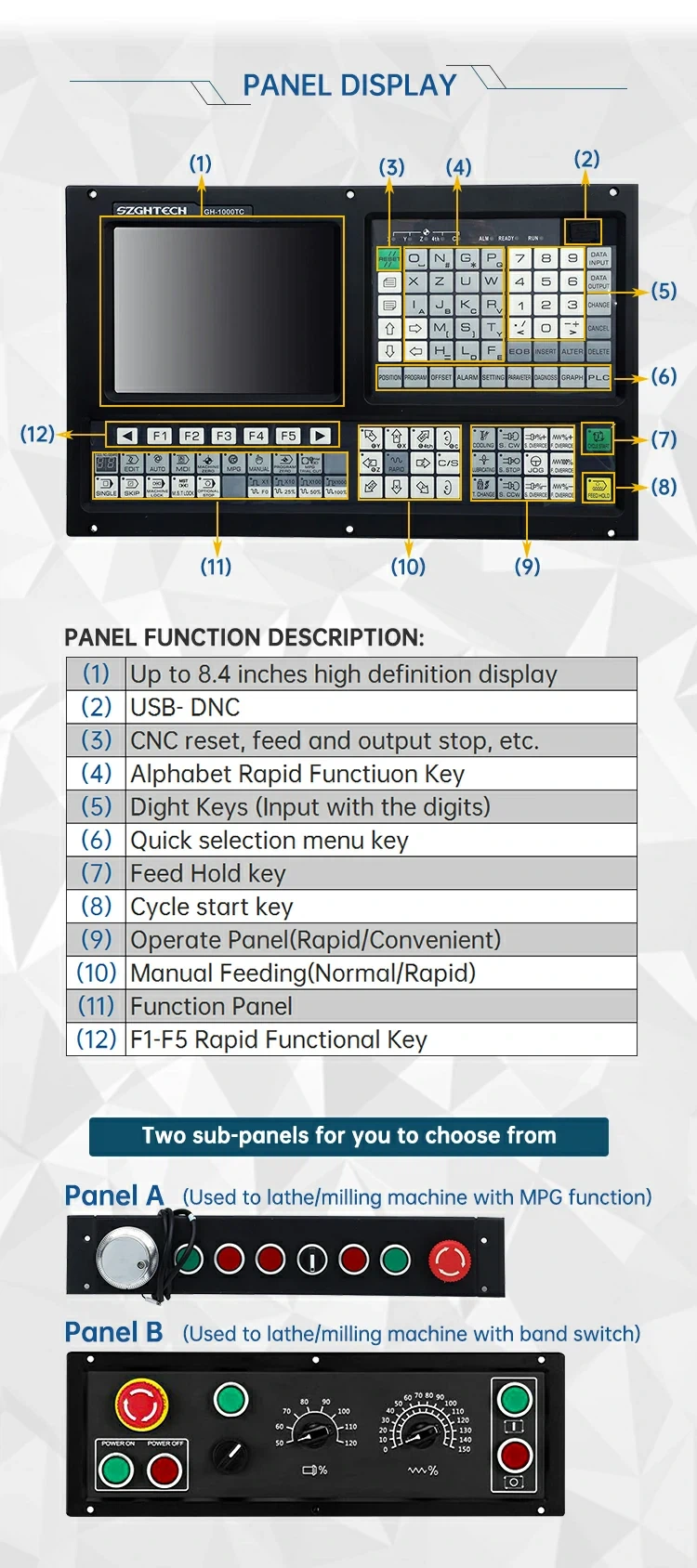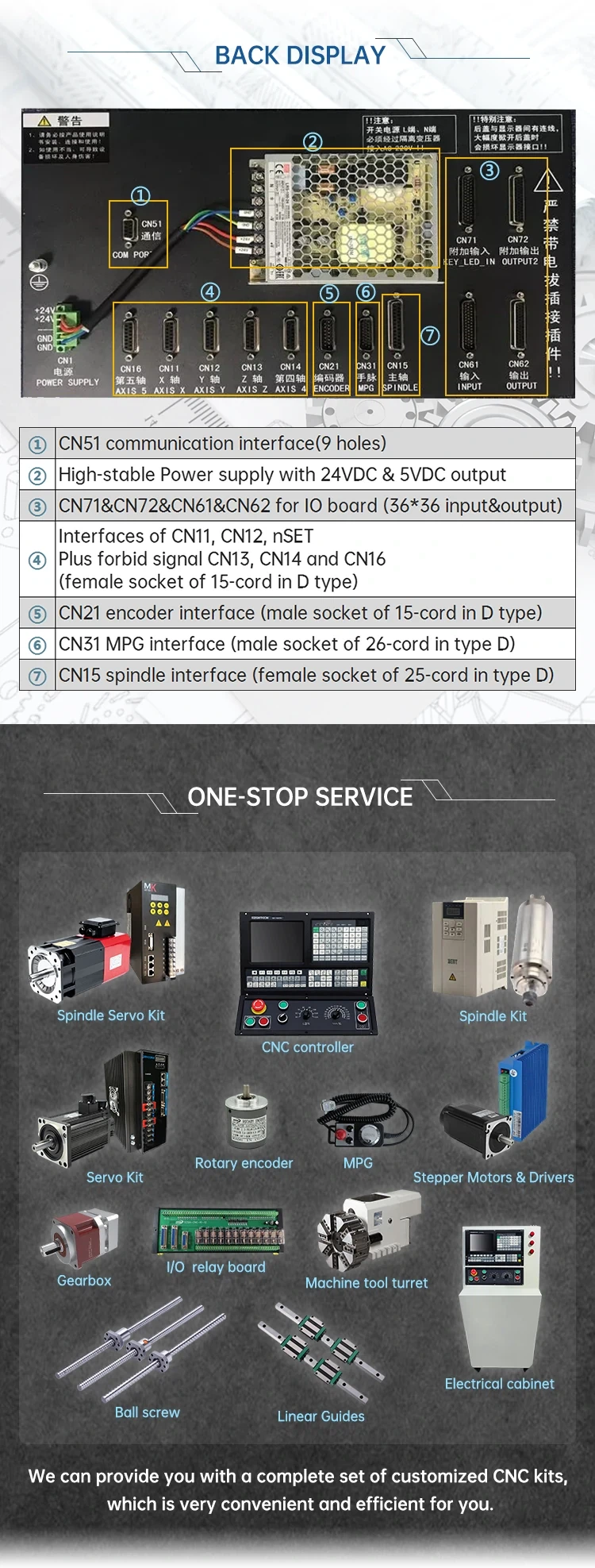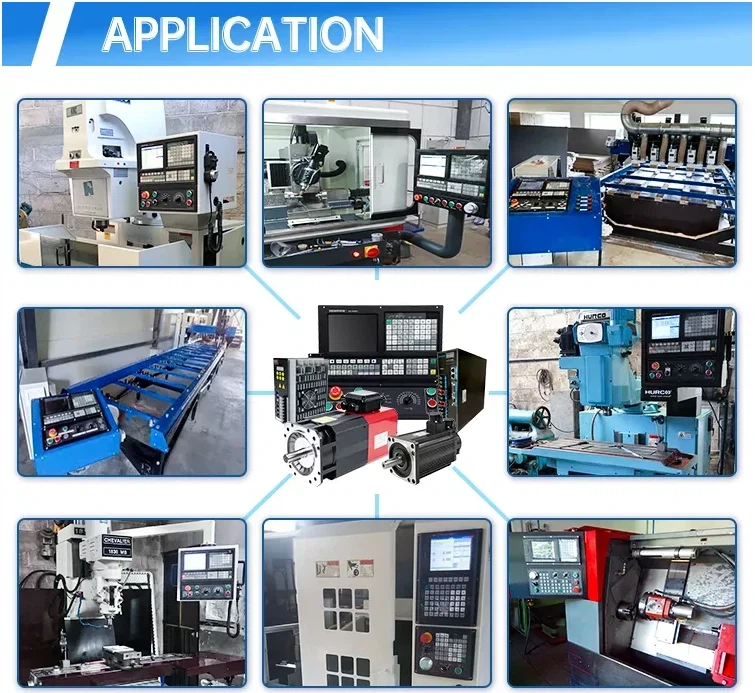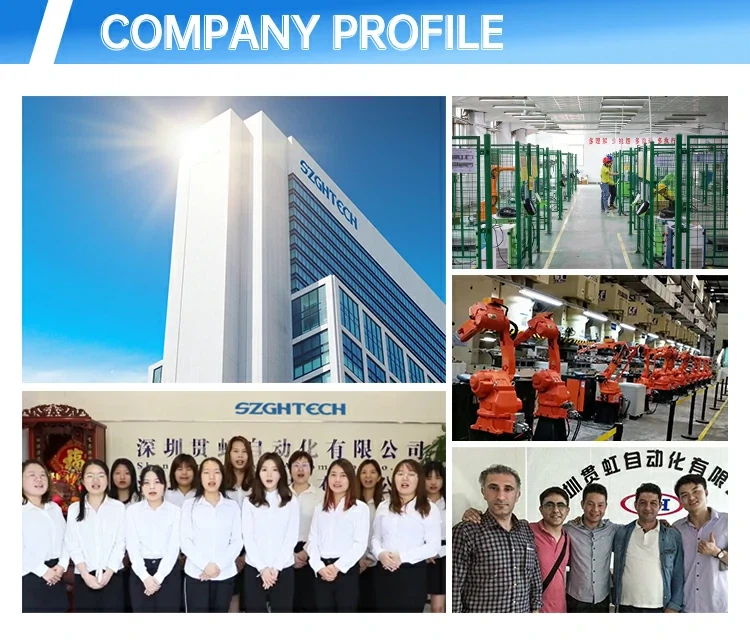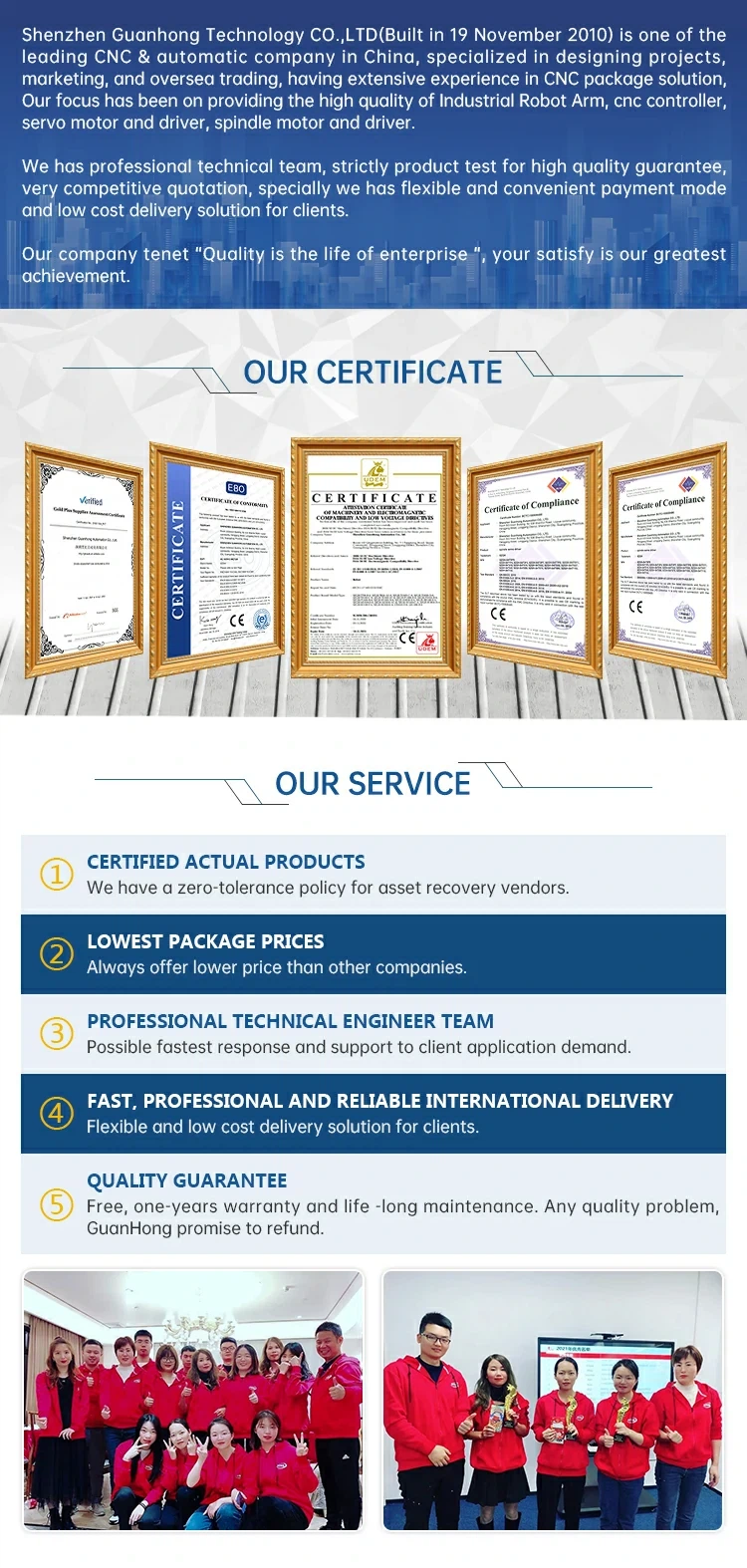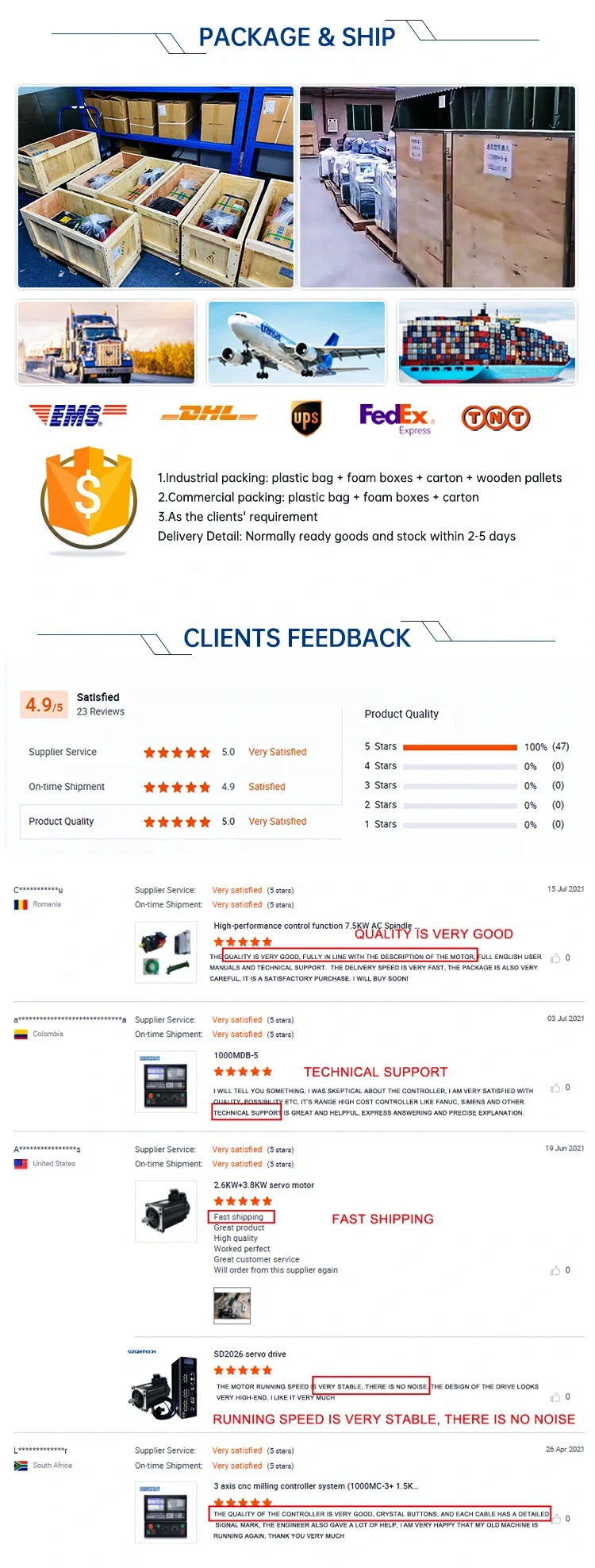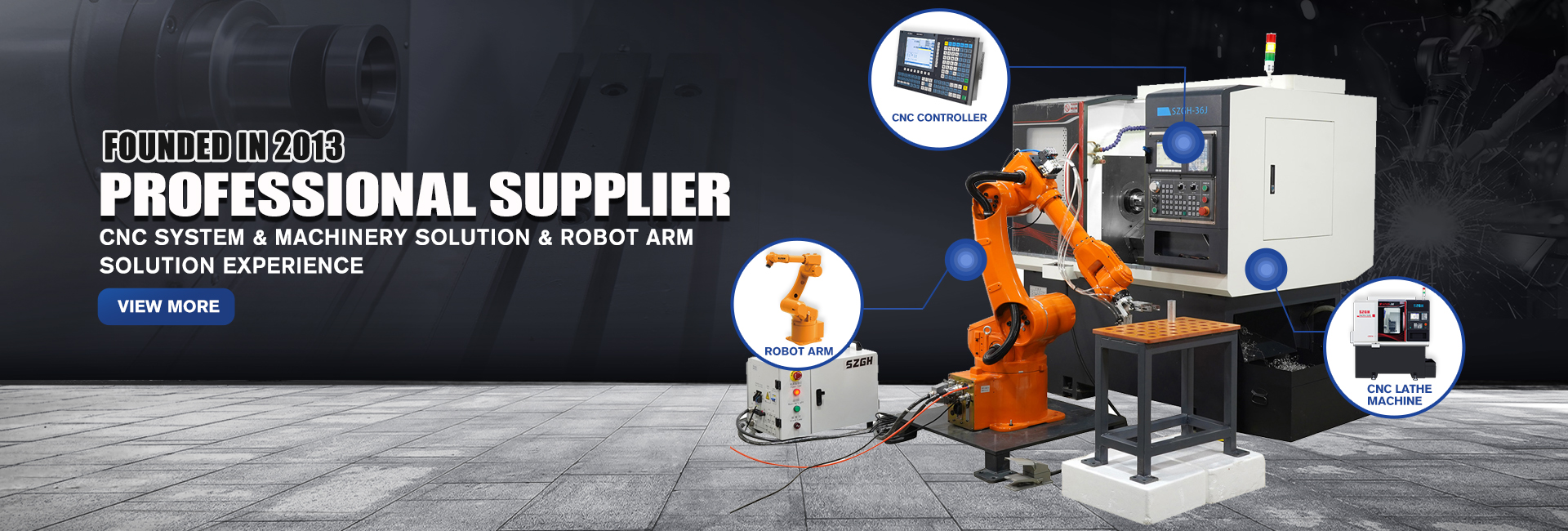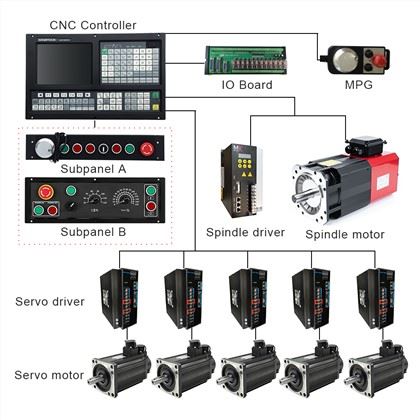FAQ
The following are the common questions we have collected about Robot Arm.
Q1. What materials can robotic laser welding handle?
+
A1:Robotic laser welding works excellently on carbon steel, stainless steel, and titanium. It can also weld aluminum and copper, but these highly reflective materials require more powerful lasers and precise parameter control to overcome their reflective nature.
Q2. How precise do the parts need to be?
+
A2:Extremely precise. Laser welding focuses energy on a tiny spot, so gaps between parts must be minimal. High-precision fixtures are mandatory to hold parts perfectly, as even a small gap can lead to burn-through or a weak weld.
Q3. Why choose robotic laser welding over MIG or TIG?
+
A3:Choose it for speed, precision, and minimal heat. It's significantly faster than TIG and MIG, creates very narrow welds, and puts so little heat into the part that there is almost no distortion. It is ideal for high-volume, high-quality applications where aesthetics and part integrity are critical.
Q4. What materials can robotic laser welding handle?
+
A4:Robotic laser welding works excellently on carbon steel, stainless steel, and titanium. It can also weld aluminum and copper, but these highly reflective materials require more powerful lasers and precise parameter control to overcome their reflective nature.
Q5. How precise do the parts need to be?
+
A5:Extremely precise. Laser welding focuses energy on a tiny spot, so gaps between parts must be minimal. High-precision fixtures are mandatory to hold parts perfectly, as even a small gap can lead to burn-through or a weak weld.
Q6. Why choose robotic laser welding over MIG or TIG?
+
A6:Choose it for speed, precision, and minimal heat. It's significantly faster than TIG and MIG, creates very narrow welds, and puts so little heat into the part that there is almost no distortion. It is ideal for high-volume, high-quality applications where aesthetics and part integrity are critical.
Q7: How can robotic TIG welding solve my challenges with consistent, high-integrity welds on critical components?
+
A7: Human fatigue and subtle variations are the biggest enemies of perfect welds. Our robotic Tig welding systems eliminate this. The robot precisely repeats the exact same arc length, travel speed, and filler metal placement every single time. This means:
Zero Defects: Drastically reduces porosity, undercut, and inconsistencies.
Perfect Penetration: Ensures optimal weld penetration for maximum strength, which is crucial for aerospace, medical, or automotive applications.
Flawless Aesthetics: Delivers a clean, shiny, and uniform bead that requires little to no post-weld finishing, enhancing the value of your product.
Q8: My current welding process is too slow and expensive. How does robotic TIG welding provide a fast Return on Investment (ROI)?
+
A8: While manual TIG is slow and skill-dependent, automation transforms your cost structure. The ROI comes from multiple streams:
Dramatically Higher Throughput: The robot works 24/7 without breaks, welding significantly faster than even the most skilled human.
Massive Material Savings: Precise control means you use exactly the right amount of expensive filler metal and shielding gas, eliminating waste.
Reduced Rework & Scrap: Superior consistency means you spend less time and money fixing bad welds or scrapping expensive parts. Most of our clients see a full ROI in under 12 months.
Q9: My production involves complex parts and short runs. Isn't robotic welding only for high-volume, simple tasks?
+
A9: That's a common myth! Modern robotic TIG cells are built for flexibility. With features like:
Easy Programming: User-friendly touchscreen interfaces and lead-through teaching allow you to program complex paths in minutes, not hours.
Advanced Seam Tracking: The system can automatically find and follow the weld joint, compensating for part misalignment or thermal distortion.
Quick-Change Tooling: Switch fixtures rapidly to weld different components in the same cell.
